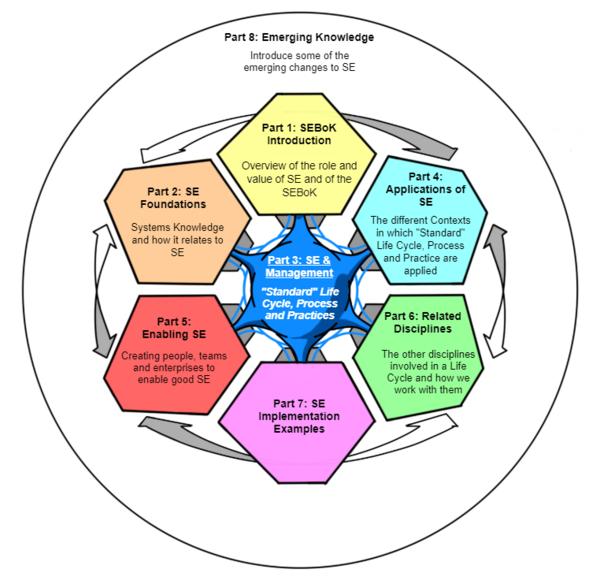
The first step to becoming a computer engineer is to acquire the right background and knowledge. Computer engineers need to stay current with technological developments and new trends. They should also enjoy solving problems. A successful engineer must be curious and enjoy solving problems. This article will cover important topics you need to know.
Calculus
A career in computer engineering can offer you the opportunity to work with many different disciplines. Computer scientists need to be able to use Calculus and Physics to solve complex problems. Computer engineers write programs to control their computers. These programs deal with slopes and gradients, polynomial system, and related equations. They are also involved in communication and control systems.
Although students interested in computer engineering do not require calculus at college, they should have some knowledge of the subject. Basic knowledge of Calculus III is required for many computer science programs. This is not required for most software jobs, and it is not necessary in other areas of computer science.

Microprocessors
Computer engineering students study the theory and construction of information storage systems and conveyance. The students also learn about the development and testing of various technologies, including microprocessors. Microprocessors, small electronic devices that reduce processing power for many devices, are called microprocessors. Microprocessors are one of the most advanced technologies ever invented.
A solid knowledge of circuitry and microprocessors is essential to becoming a computer engineer. You cannot create electronics if your knowledge of electric currents is not solid. Understanding information transfer on a physical scale is also important. Quality assurance and testing is another aspect of this field. These practices are used to help engineers identify possible solutions to minor problems and prioritize cybersecurity. In addition to microprocessors, engineers also study digital signal processing. These techniques allow data to be transmitted over wireless networks, and provide the foundation for modern internet and speech processing.
Robotics
Robots are machines that perform tasks. Every robot has a mechanical structure, which includes a frame or form. These parts are designed by mechanical engineers. The electrical engineers provide power and control to ensure that the robot is able to accomplish its tasks. In this way, robotics is a branch of computer engineering.
Robots can perform tasks with constant precision and can assume jobs previously done by humans. These machines are being used in healthcare, transportation, and more. These machines also make it possible for people to concentrate on creative work. The future will determine whether this technology is able to improve the quality of life.

Robotics as an example of computer engineering
Robotics refers to the interdisciplinarity of computer engineering and involves the design, use, and operation of robots. Its purpose is to develop machines that can do a variety of tasks and help people in their daily lives. It combines fields from computer engineering, mechanical engineering, electrical engineering, mechatronics, and electronics.
Robotic engineers develop software to control the behavior and movement of robot machines. Their goal is to design systems that make robots more efficient and safe. To design complex machines, they use sensors and motors. They also work to make sure that the machines do what they are programmed to do. Every industry has a need for sophisticated robots.
FAQ
What is a Mechanical Engineer?
A mechanical engineer designs machines, tools and products for human use.
The engineering principles of mathematics, physics, as well as engineering principles, are used by mechanical engineers to solve real-world problems.
A mechanical engineer may be involved in product development, production, maintenance, quality control, research, testing, or sales.
How difficult is engineering to study?
It all depends on what you mean when you say "hard". If you mean tough, then yes. If you mean boring, then no. Engineering is not hard because it requires lots of maths and physics.
If you're interested in learning how to do something, then go for it! Engineers don't need to be engineers to succeed.
Engineering can be fun as long you do something you enjoy.
Engineering is not difficult if one knows everything. However, it isn't true.
Engineers are boring because they haven’t tried other things.
They've just stuck to the same old thing day after day.
But there are many different ways to solve problems. Each solution has its benefits and drawbacks. Check them all out to see which one suits you best.
Elon Musk, what kind of engineer are you?
He is an inventor who enjoys thinking outside the box.
He is also a risk-taker.
He's not afraid to experiment with new ideas and is open to taking risks.
Elon Musk represents a great example for someone who thinks differently. He doesn't follow what everyone else says. Instead, he tries out his own ideas and then decides whether they worked or not. If they didn't work, he changes them until he finds something that works. This allows him to be more creative and problem-solving.
Statistics
- 8% Civil engineers solve infrastructure problems. (snhu.edu)
- 14% of Industrial engineers design systems that combine workers, machines, and more to create a product or service to eliminate wastefulness in production processes, according to BLS efficiently. (snhu.edu)
External Links
How To
How to Use an Engineering Ruler
Engineers use engineering rulers to measure distances. Engineers have been measuring distance since ancient times. Around 3000 BC, the first measurement device was invented.
While rulers still exist in modern times, their use has been greatly modified. The most commonly used ruler today is the metric ruler. These rulers are marked off in millimeters (1 mm 0.039 inches). Metric rulers are usually rectangular in shape and come in many sizes. Some rulers also include centimeters, millimeters, and graduations. For example, 1 cm equals 2.54 mm.
Engineers are unlikely to use a traditional mechanical ruler today. They would use a digital version, which measures in millimeters. It works much like a regular digital scale, except it has markings corresponding to various length units. Learn more about them here.